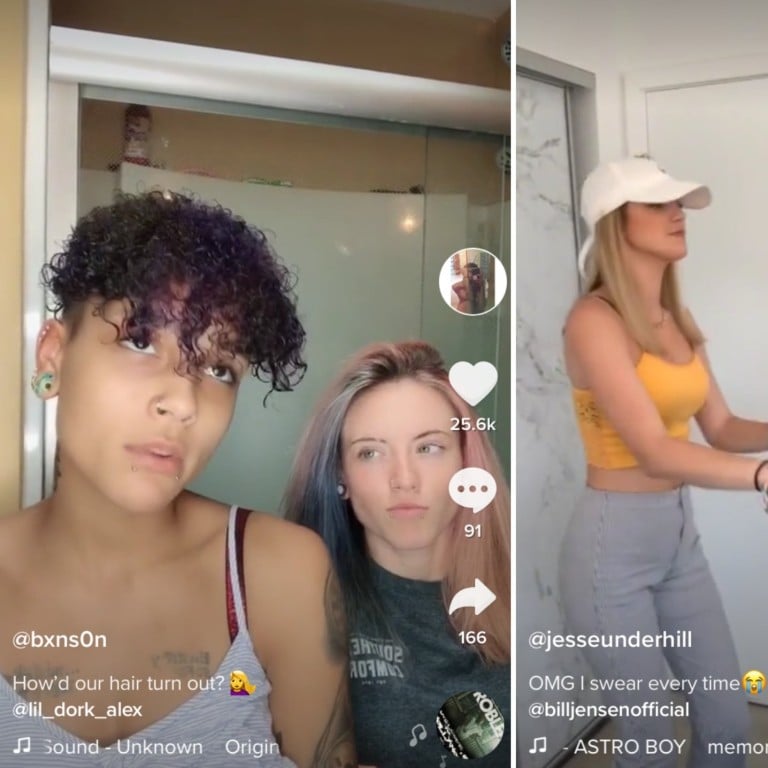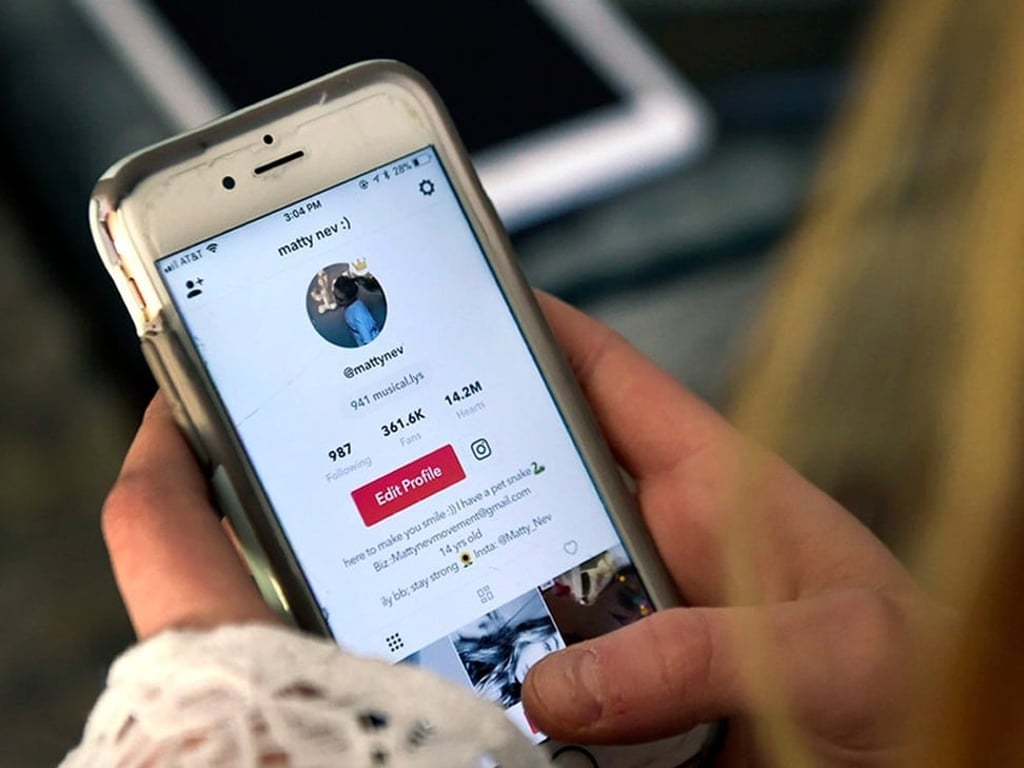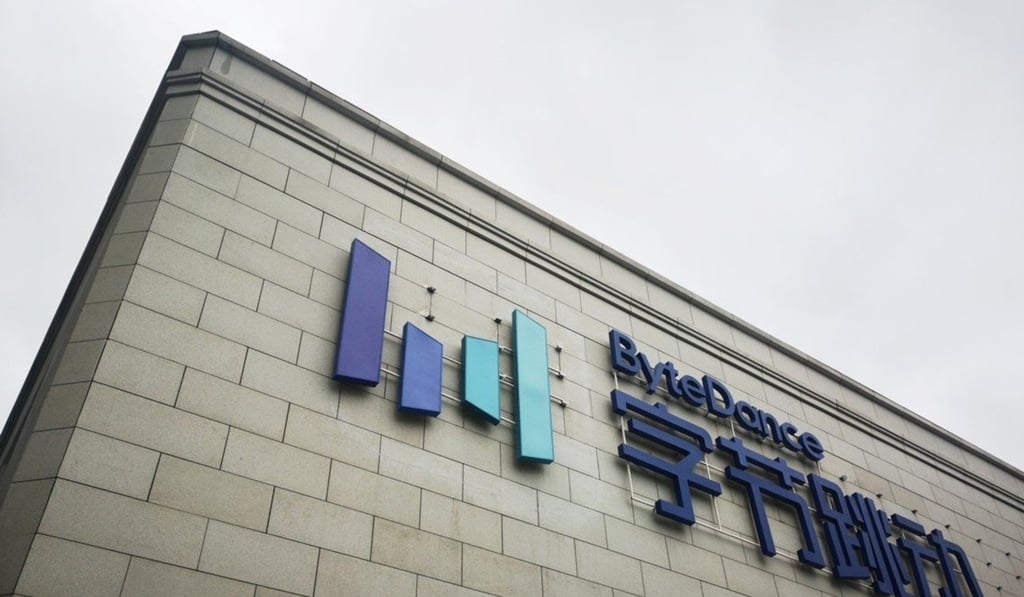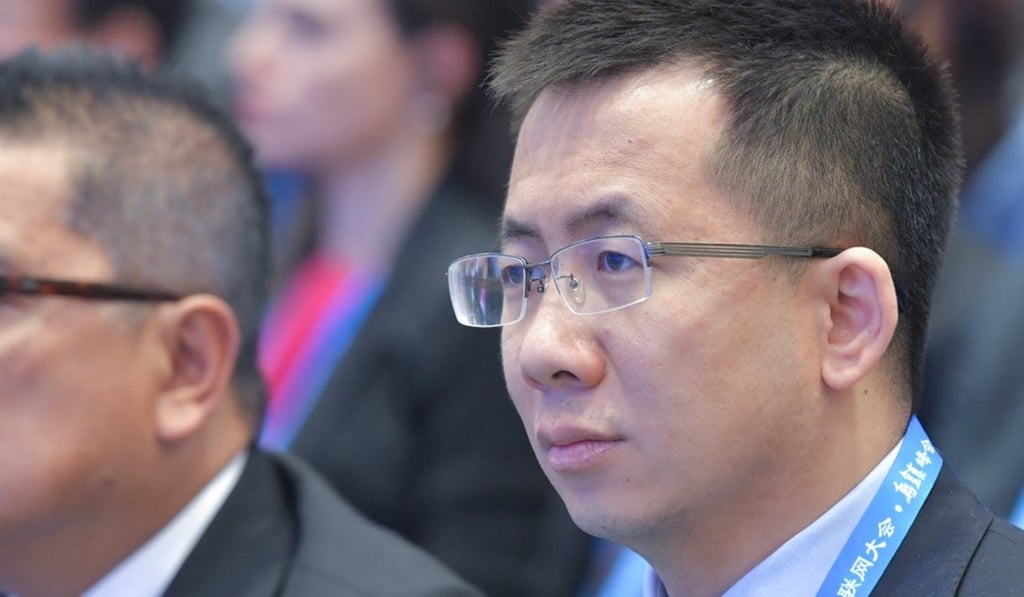TikTok time: why teens love the goofy social networking app with a billion downloads

Owned by China’s ByteDance, TikTok is wildly popular with teens and has created a host of new stars
One of the most popular apps among teenagers at the moment is a short-form video platform called TikTok.
TikTok acts as a social network, where users share videos covering a wide range of categories, from lip syncing to comedic skits to viral challenges. But even if you’ve never heard of the app, it’s worth getting to know it. TikTok has over 1 billion all-time downloads, and its popularity and influence has only continued to spread.
TikTok is the product of a major Chinese company, and has only been on the scene for a few years. The app has gone through name changes and gained new features throughout its history, but it’s all helped to spur its popularity to new heights.
Here’s how TikTok rose to become a platform launching a new generation of influencers and loved by teens:
To trace the history of this incredibly popular short-video sharing app, it’s important to note that TikTok didn’t start as TikTok.

TikTok is owned by ByteDance, a Chinese tech company that runs several popular social networking apps.

Think of ByteDance – headquartered in Beijing, China – as China’s Facebook. Both companies own families of popular social networking apps used by billions of people a day.
ByteDance is run by CEO Zhang Yiming, who founded the company in 2012. Zhang’s name is relatively unknown outside China, but the 35-year-old CEO comes from a background in software engineering.
